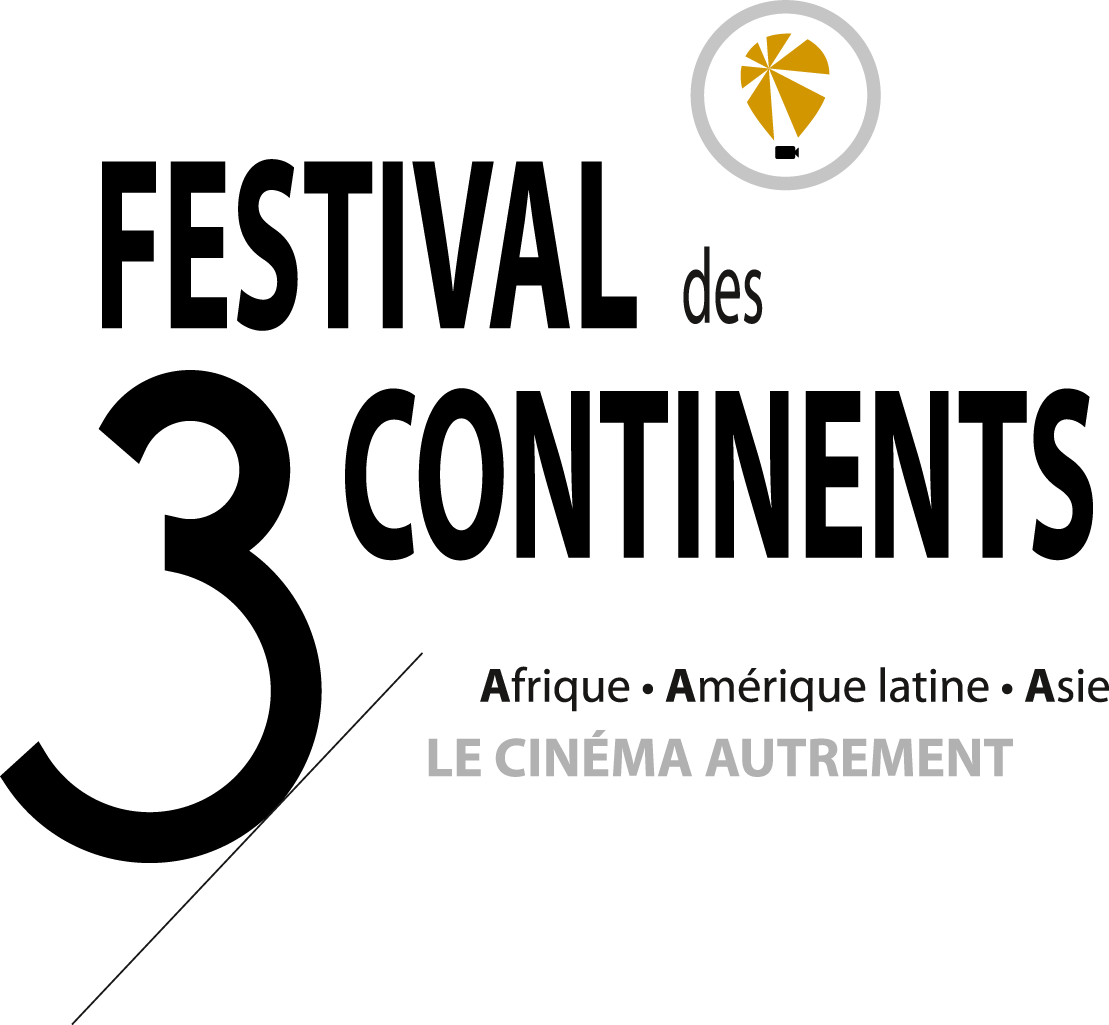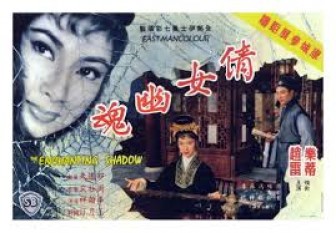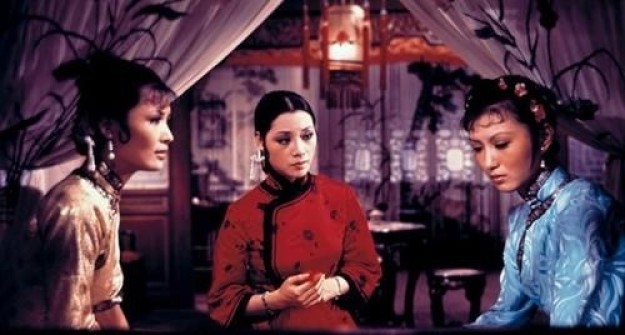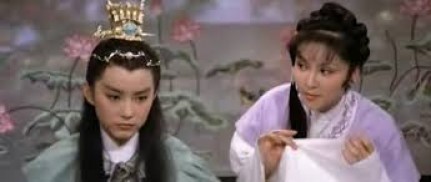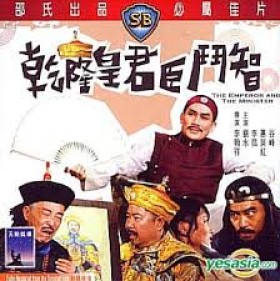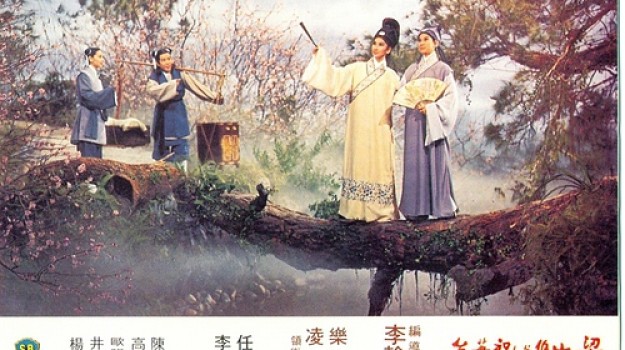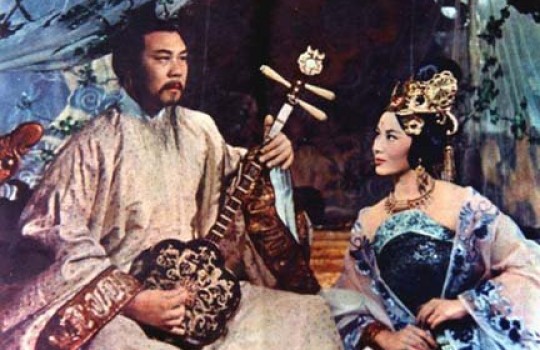Although the name of Li Han-hsiang is familiar to enthusiasts of Hong Kong cinema, his work is still insufficiently known in Europe and limited to episodic screenings here and there, as well as a few titles available on VCDs.
The scope of this programme cannot purport to fill this gap, and may even add to the frustration of some at not being able to see more of them, or furrow deeper into his work. Nonetheless, the six films we are proposing should cast light on some of its characteristics – traits that, we would venture to say, may have reinforced the distanced neglect with which the filmmaker has been treated.
From the same generation as King Hu, whom he befriended in the 1950s, Li Han-hsiang also came from northern China. The two filmmakers were both steeped in an artistic culture that had its roots in the Chinese Mandarin tradition centred around Peking opera, so much so that this became the mainspring of their respective film aesthetics. Although King Hu’s first steps were not always easy, his films soon sparked enthusiasm and a following from a broad public including critics and academics. His work comprises no more than fifteen films, made with meticulous and perfectionist care over his thirty-year career. The situation of Li Han-hsiang is less orderly – he was involved in some hundred films as director or producer – which makes it more difficult to figure him out. The sheer number of films inevitably makes his work uneven and the diversity of the genres he tackled may give the impression of clutter and casualness. Some of the genres that Li Han-hsiang largely helped to develop, such as the wenyi (romantic film inspired by popular novels), erotic comedies (these so-called fengyue dominate his filmography in the 1970s), or his gambling tales have doubtless been a deterrent and done little to encourage people to give his work the attention it deserves. While the unifying and coherent vision of King Hu’s films is self-evident, Li Han-hsiang’s trajectory seems to have the exciting characteristic of being contradictory and sometimes even enigmatic.
Both an innovator and a visionary and controversial filmmaker, Li Han-hsiang plays a major pioneering role in the history of Hong Kong cinema. And because this is also one of the highest forms of filmic expression of Mandarin culture, skipping over Li Han-hsiang would be an inexcusable transgression. Passionately interested in the Qing dynasty and Chinese antiquities, his activities extended to writing and painting, all of which expertly feed into his films. Mixing an admirable sense of composition that gives priority to long shots, a skilful use of colour and a taste for the epic, all inherited from this tradition, Li Han-hsiang’s films foreground female characters within a broad and nuanced repertoire. On this last point, the erotic comedies that Li Han-hsiang made when he returned to the Shaw Brothers in 1972 after spending ten years in Taiwan create a certain ambiguity. Produced by the studios for commercial ends(1), they raised some controversy. Yet, in light of his entire work, it would not be impertinent to point out that these films reveal the filmmaker’s continuous interest in women, in their diversity and in their changing status. Here, Li Han-hsiang’s erudition seems to dovetail with a motivation that is inseparable from his talent for discovering actresses and providing them with roles(2). His mastery of in-studio filming enabled him to reinterpret and rearrange, through an emblematic series of female destinies, a tradition that seems to survive, via the modern city of Hong Kong, for audiences from Chinese communities worldwide. This is, in fact, the filmmaker’s most precious legacy. At least, it is with this idea of rediscovering China on screen that we extend an invitation to explore his films. In the early 1980s, after a lengthy negotiation, Li Han-hsiang left the studio for a short time to shoot two consecutive films in the setting of the Forbidden City: Burning the Imperial Palace (1982) et Reign behind the Curtain (1983).
While Chang Cheh, King Hu and Lau Kar-leu have established their names as emblems of Hong Kong cinema’s golden age, we are tempted to pick up the thread of this œuvre so as to pay a modest tribute to the man who has, like no other, kept the broad expanse of China within our sight.
Jérôme Baron
Notes
(1) Without lumping these productions together, note that the phenomenon of American and European pornographic production became widespread in the early 1970s, as did the well-known Japanese roman-porn (romantic pornography) produced by the Nikkatsu studio.
(2) Many actresses who shot to the status of superstar took advantage of their appearance in Li Han-hsiang’s films. Many of them also came from Taiwan. To name a few : Li Lihua, Linda Lin Dai, Hu Chin, Lily Ho, Yvi Ling Po, Chen Chen, Li Xiaoqing…
